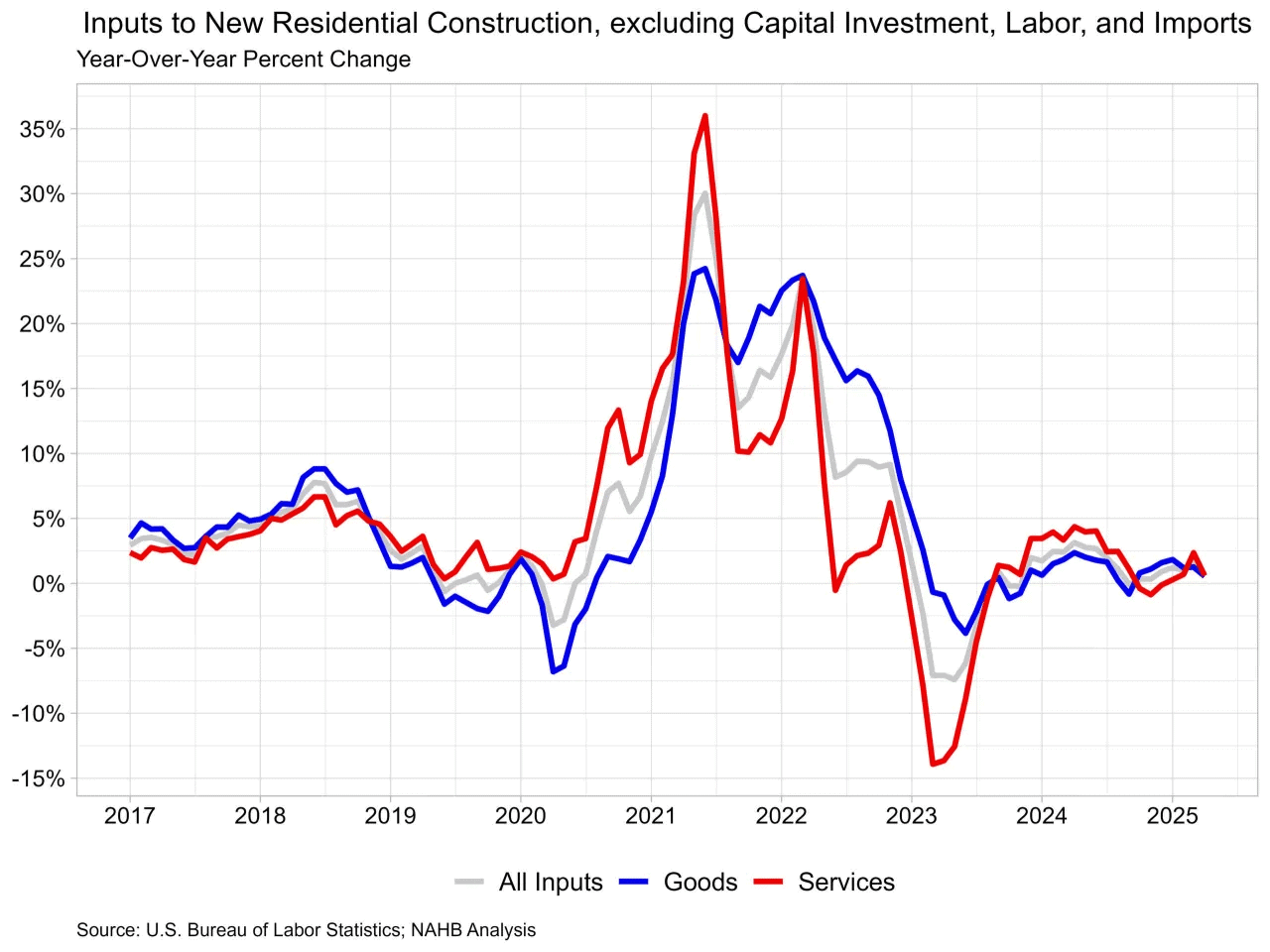
As a global leader in both aluminum production and consumption, China wields significant influence over the trajectory of the international aluminum market. Its vast manufacturing capabilities, coupled with ever-evolving domestic demand, create ripples that extend far beyond its borders, shaping pricing trends, trade policies, and supply chain dynamics worldwide.
China’s domestic demand for aluminum continues to evolve, fueled by its rapid industrialization and the expansion of key sectors such as construction, transportation, electric vehicles (EVs), and renewable energy. The country’s emphasis on infrastructure projects and urbanization, alongside its push for clean energy technologies, has sustained high levels of aluminum consumption. For instance, aluminum’s lightweight and energy-efficient properties make it indispensable in EV manufacturing, wind turbine production, and solar panel frameworks—all areas of strategic focus for China.
This dual role as a leading producer and consumer allows China to exert considerable influence over global pricing trends and trade flows. When China adjusts its production levels—often in response to environmental regulations, energy availability, or economic policies—it can trigger ripple effects across international markets, influencing supply and pricing stability. Similarly, shifts in China’s domestic demand can redirect global supply chains, as producers and exporters recalibrate their strategies to align with China’s import and export patterns.
Recent Trends in Aluminum Prices
Market Fluctuations:
Over the past year, aluminum prices in China have experienced fluctuations due to varying factors such as energy costs, production restrictions, and global demand. The growing push towards decarbonization has added pressure to the aluminum industry, leading to adjustments in pricing strategies.
Global Economic Impact:
Changes in international trade policies, coupled with the fluctuating cost of raw materials such as bauxite and alumina, have affected aluminum pricing. In addition, global economic uncertainties, including inflation and geopolitical tensions, continue to influence the market.
Seasonal Trends:
Historically, aluminum prices in China peak during construction and manufacturing boom periods, such as spring and fall. Demand slows during the winter months, often leading to price stabilization or decline.

Key Factors Affecting Aluminum Prices in China
Energy Costs:
Aluminum production is energy-intensive. China’s shift towards greener energy solutions and recent power shortages have impacted production capacity, contributing to price changes. In recent years, China has committed to reducing its carbon footprint as part of its carbon neutrality goals by 2060. This shift involves transitioning from coal-based energy to renewable energy sources such as hydro, solar, and wind power. While these greener solutions are environmentally beneficial, they are not yet capable of meeting the massive energy demands of aluminum production at scale.
Government Policies:
Environmental regulations and policies aimed at reducing carbon emissions have affected the output of aluminum smelters in China. These measures are part of China’s broader strategy to achieve carbon neutrality by 2060. These measures include capping energy consumption, promoting cleaner production technologies, and limiting the operation of high-emission smelters. As aluminum production is highly energy-intensive, these regulations have forced many smelters to either reduce output or adopt sustainable practices. These efforts are a key component of China’s broader commitment to achieving carbon neutrality by 2060, aligning with its goals under the Paris Agreement to combat climate change and transition to a greener economy.
Global Demand:
The rise in demand for aluminum, especially in industries like electric vehicles, aerospace, and renewable energy, has added upward pressure on prices. China’s role as a manufacturing hub further amplifies this trend. In the electric vehicle market, aluminum is increasingly preferred for manufacturing lightweight components, which enhance vehicle efficiency and range. Similarly, in the aerospace industry, the material is indispensable for building aircraft due to its strength-to-weight ratio, contributing to fuel efficiency. The renewable energy sector, particularly in solar and wind energy projects, relies heavily on aluminum for constructing solar panel frames, wind turbine components, and electrical transmission lines. Additionally, urbanization and infrastructure development have driven sustained demand in the construction industry.
The latest aluminum price trends in China indicate a slight recovery from earlier declines, driven by inventory adjustments and rising production costs. As of November 2024, aluminum on the Shanghai Futures Exchange (SHFE) is trading at approximately 20,670 yuan/ton, reflecting a modest increase of 0.66% from the previous day. This rise is attributed to tightening inventories and stable downstream demand, especially from the construction and automotive sectors.
Demand from downstream industries remains steady, particularly from the construction and automotive sectors. In construction, aluminum is widely used for building materials and infrastructure, while the automotive sector increasingly relies on aluminum for lightweighting initiatives, especially in electric vehicle manufacturing. These sectors have helped maintain a robust baseline for demand, even amid global economic uncertainties.
Overall, the slight recovery in aluminum prices underscores the resilience of China’s aluminum market, shaped by a balance between supply constraints and sustained industrial demand. Analysts will continue to monitor these trends, as they have implications for both domestic industries and global aluminum markets.






























